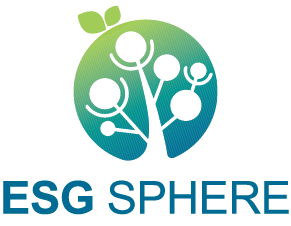LEED (Leadership in Energy and Environmental Design) is currently regarded as the most comprehensive, influential, and widely commercialized standard among various environmental assessments, green building evaluations, and sustainability ratings for buildings across the world.
The LEED certification significantly enhances a company's image, reputation, and influence, while actively contributing to addressing climate change and improving human life quality. During the LEED application and the evaluation process at Wistron’s Vietnam site, we achieved a score of 51/100 and were awarded the "LEED Silver" certification.

Vietnam
Wistron Vietnam Site:【Acquisition of LEED Certification】
SDGs
The LEED ratings encompass both design and operational phases, covering a total of eight categories:
1) Site Selection and Transportation,
2) Sustainable Locations,
3) Water Efficiency,
4) Energy and Atmosphere,
5) Materials and Resources,
6) Indoor Environmental Quality,
7) Innovation, and
8) Regional Priority.
As the world's most widely adopted green building and urban certification system, LEED is utilized in 182 countries and regions around the world, making it the preferred tool for over 110,000 projects seeking green upgrades and transformations. Millions of people work and live in LEED-certified building spaces, benefitting from reduced operational costs, lower energy consumption and carbon emissions, and improved health conditions. In a nutshell, LEED stands for pioneering leadership in the green building industry and has become a globally recognized tool.
.png)






